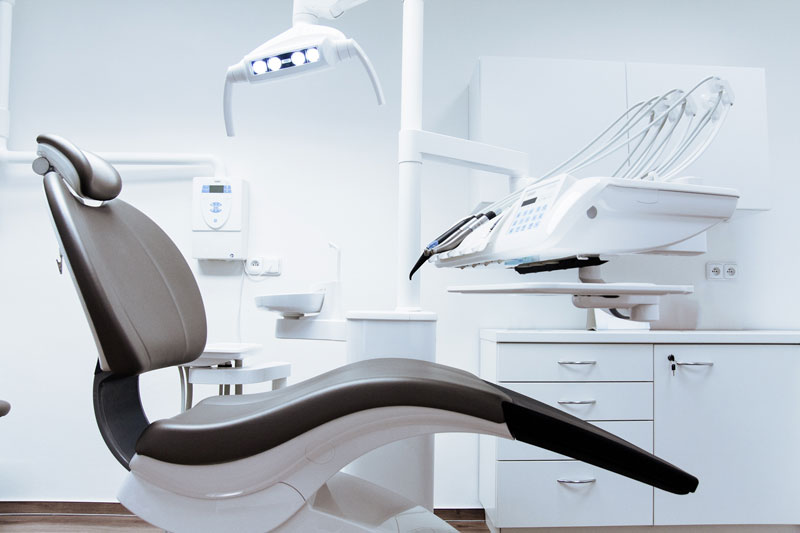
Astigmatism
Astigmatism is a common vision problem caused by an error in the shape of the cornea. With astigmatism, the front surface of the eye (the cornea) or the lens of the eye has an irregular curve, which can change the way light is passed to the retina (or refracted). This causes blurry, fuzzy, or distorted vision. Farsightedness and nearsightedness (hyperopia and myopia) are two other types of refractive errors.
What Causes Astigmatism?:
It is not known what causes astigmatism, but genetics is a big factor. It is often present at birth, but may develop later in life. It may also occur as a result of an injury to the eye or after eye surgery. Astigmatism is often accompanied by nearsightedness or farsightedness.
Recognizing the Symptoms of Astigmatism:
The symptoms of astigmatism may differ in each person. Some people do not experience any symptoms at all. Symptoms of astigmatism include:
1.Blurry, distorted, or fuzzy vision at all distances (close-up and far away).
2.Difficulty seeing at night
3.Squinting
4.eyestrain
5.Eye irritation
How is Astigmatism Diagnosed?:
Astigmatism is diagnosed by an optometrist (a licensed healthcare professional who diagnoses vision problems and eye diseases), or an ophthalmologist (a medical eye doctor who provides medical and surgical treatment of vision problems and eye diseases), through a comprehensive eye examination. Tests optometrists and ophthalmologists may use during your eye examination to diagnose astigmatism include:
1. Visual Acuity Assessment Test (VAT)
During a VAT, your optometrist or ophthalmologist will have you read letters from a chart at a specific distance to determine how well you can see the letters.
2. Refractor Test
A refractor test is performed using a machine called an optical refractor. The machine has multiple corrective glass lenses (like eyeglass lenses) of different strengths. Your optometrist or ophthalmologist will ask you to read a chart while looking through different strength lenses on the optical refractor, until he finds a lens that appropriately corrects your vision.<
3. Keratometry
During a keratometry examination, your optometrist or ophthalmologist will look at your eye through a keratoscope machine to detect and measure the curvature of your cornea.